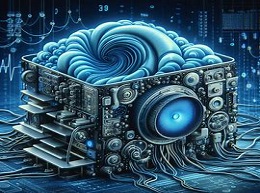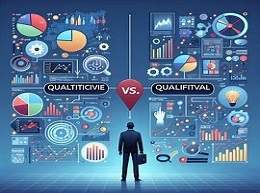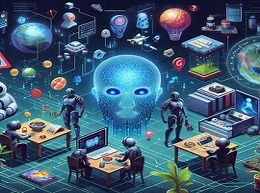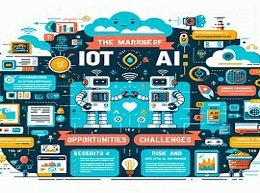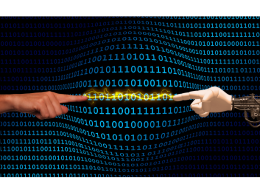Deep Learning in Natural Language Processing: Recent Advances

Deep Learning Revolutionizing NLP
In recent years, deep learning has revolutionized the field of natural language processing (NLP), enabling machines to understand, interpret, and generate human language with unprecedented accuracy and sophistication. In this article, we delve into the latest advancements in NLP driven by deep learning, exploring breakthroughs, techniques, and real-world applications reshaping the way we interact with language.
Deep Learning Fundamentals in NLP
Understanding Deep Learning:
Deep learning is a subset of machine learning that utilizes neural networks with multiple layers to learn intricate patterns and representations from data. In NLP, deep learning models leverage neural architectures to process and understand textual data, ranging from simple word embeddings to complex language models.
Example: Word Embeddings with Word2Vec
Word2Vec is a popular deep learning technique for generating word embeddings, which are dense vector representations of words that capture semantic relationships. For example, in a word2vec model, the vectors for "king" and "queen" may be closer together than those for "king" and "apple," reflecting their semantic similarity.
Recent Advances in Deep Learning for NLP
1. Transformer Models:
- Transformer models, such as BERT (Bidirectional Encoder Representations from Transformers) and GPT (Generative Pre-trained Transformer), have revolutionized NLP by achieving state-of-the-art performance on various tasks, including text classification, sentiment analysis, and question answering.
2. Transfer Learning:
- Transfer learning techniques, such as fine-tuning pre-trained language models, enable NLP practitioners to leverage large-scale pre-trained models, such as BERT and GPT, for downstream tasks with minimal data and computation.
3. Neural Machine Translation:
- Neural machine translation models, such as Google's Transformer-based GNMT (Google Neural Machine Translation), have significantly improved the quality and fluency of machine translation systems, enabling more accurate and natural translations across different languages.
Applications of Deep Learning in NLP
1. Sentiment Analysis:
- Deep learning models are widely used for sentiment analysis, enabling businesses to analyze customer feedback, social media posts, and reviews to understand public sentiment and gauge brand perception.
2. Text Generation:
- Deep learning techniques, including recurrent neural networks (RNNs) and transformer-based language models, have been employed for text generation tasks, such as chatbots, content creation, and language generation.
3. Named Entity Recognition (NER):
- Deep learning models excel in named entity recognition tasks, accurately identifying and classifying entities, such as names of people, organizations, locations, and dates, in unstructured text data.
Challenges and Future Directions
1. Data Privacy and Bias:
- Addressing concerns related to data privacy, fairness, and bias is crucial for ensuring the responsible development and deployment of deep learning models in NLP applications.
2. Multimodal NLP:
- The integration of deep learning with multimodal data, including text, images, and audio, presents exciting opportunities and challenges for advancing NLP capabilities beyond textual data.
The Future of Deep Learning in NLP
In conclusion, deep learning continues to drive significant advancements in natural language processing, pushing the boundaries of what machines can accomplish with human language. From transformer-based models to transfer learning techniques, the latest innovations in deep learning have democratized access to powerful NLP tools and capabilities, empowering researchers, developers, and businesses to unlock new insights, applications, and possibilities in the realm of language understanding and generation. As we embark on the journey towards more intelligent, natural, and human-like interactions with machines, the role of deep learning in NLP will continue to evolve, shaping the future of communication, collaboration, and innovation in the digital age.


